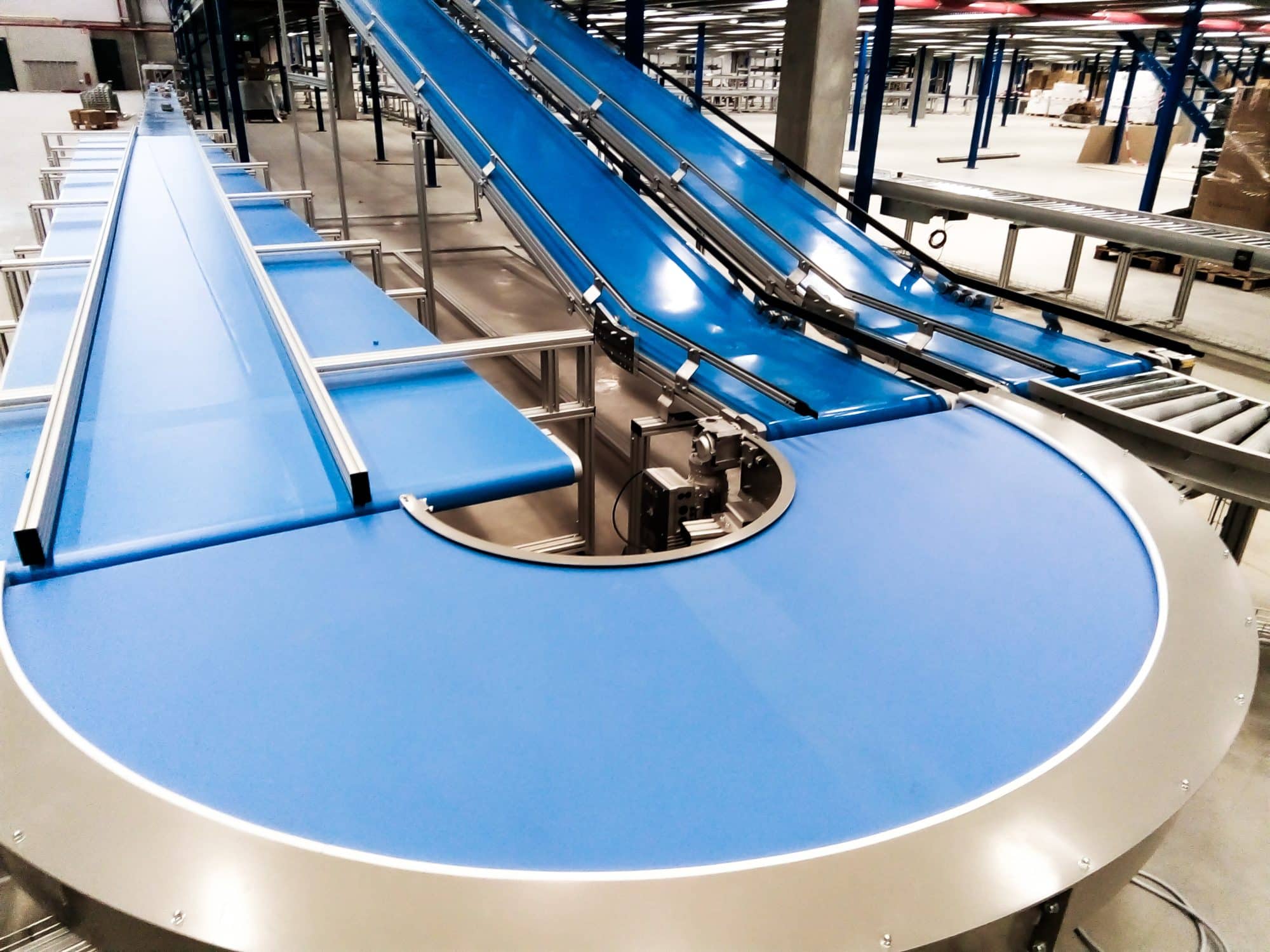Maximizing Productivity with State-of-the-Art Conveyor Systems
Maximizing Productivity with State-of-the-Art Conveyor Systems
Blog Article

In today's fast-paced industrial landscape, maximizing productivity is a key goal for businesses striving for efficiency and competitiveness. One of the essential components in achieving this objective is the use of advanced conveyor systems. Among these systems, rubber conveyor belts, PVC conveyor belts, and rubber drive belts play a crucial role in ensuring smooth and efficient material handling processes across various industries.
The design, development, and production of these conveyor belts are integral to improving workflow and operational performance. Rubber and PVC conveyor belts offer unique advantages, such as durability and resistance to wear, while rubber drive belts ensure optimal power transmission in conveying tasks. By understanding the capabilities and applications of these cutting-edge conveyor solutions, companies can streamline their operations and enhance overall productivity.
PVC Conveyor Belt Suppliers
Innovative Conveyor Belt Design
The design of conveyor belts has evolved significantly in recent years, focusing on efficiency and adaptability in various industrial applications. Rubber conveyor belts, known for their durability and flexibility, are engineered to withstand heavy loads while providing excellent traction. This design innovation allows manufacturers to customize belts to meet specific operational needs, ensuring that they perform optimally in diverse environments.
PVC conveyor belts offer a lightweight alternative that is equally innovative. Their design prioritizes hygiene and versatility, making them ideal for industries such as food processing and packaging. The development of specialized PVC materials enhances their resistance to chemicals and abrasion, while unique surface textures improve grip and prevent slippage. This attention to detail in design results in increased productivity and safer working conditions.
Rubber drive belts have also seen substantial advancements in their design. With a focus on power transmission and efficiency, modern rubber drive belts feature advanced materials that reduce wear and tear. Their design includes enhanced grip surfaces and improved thermal stability, allowing them to perform effectively in high-speed and high-temperature scenarios. This ongoing development ensures that rubber drive belts contribute significantly to maximizing productivity across various sectors.
Advanced Material Development
The innovation in conveyor belt technology is significantly driven by advancements in material science. For rubber conveyor belts, the focus is on enhancing durability and resistance to wear, chemicals, and various environmental conditions. By integrating modern polymers and additives, manufacturers improve the overall performance of these belts, allowing them to operate efficiently in tough industrial settings. This development ensures a longer lifespan, reducing downtime and maintenance costs for businesses reliant on conveyor systems.
In the realm of PVC conveyor belts, the emphasis lies on creating materials that are not only lightweight but also possess high tensile strength and flexibility. Recent innovations help in producing belts that can handle diverse applications, from food processing to packaging. The use of high-quality PVC compounds and the development of unique surface textures contribute to improved grip and reduced slippage, which is crucial in maintaining a smooth production line.
Rubber drive belts represent another critical component in the realm of conveyor systems. The latest advancements in rubber compounds allow for higher power transmission efficiency and greater resistance to heat and abrasion. Continuous improvement in the design and formulation of rubber drive belts enhances their capability to operate under varying loads and speeds, which is essential for maximizing productivity. These innovative materials not only meet the demands of modern machinery but also help in achieving energy efficiency goals within manufacturing processes.
Efficient Production Techniques
In the production of rubber conveyor belts, PVC conveyor belts, and rubber drive belts, employing efficient production techniques is crucial for maximizing output and minimizing waste. One of the most effective methods is the adoption of automation throughout the manufacturing process. Automated systems not only speed up the production line but also enhance precision, ensuring that each belt meets stringent quality standards. This leads to fewer defects, reducing the need for rework and enabling faster delivery times.
Another technique that significantly boosts efficiency is the use of advanced materials and technologies in the design phase. Incorporating innovative rubber compounds and high-grade PVC can improve the durability and functionality of conveyor belts. The development process benefits immensely from computer-aided design tools that allow for rapid prototyping and testing. By leveraging these tools, manufacturers can create custom solutions tailored to specific industry needs, enhancing overall operational efficiency.
Finally, implementing continuous monitoring and feedback loops during the production process is essential. By utilizing data analytics, manufacturers can track performance metrics in real time and identify areas for improvement. This proactive approach aids in fine-tuning the production workflow, minimizing downtime, and optimizing resource allocation. Ultimately, these efficient production techniques contribute to superior products that meet the demands of modern industries.
Report this page